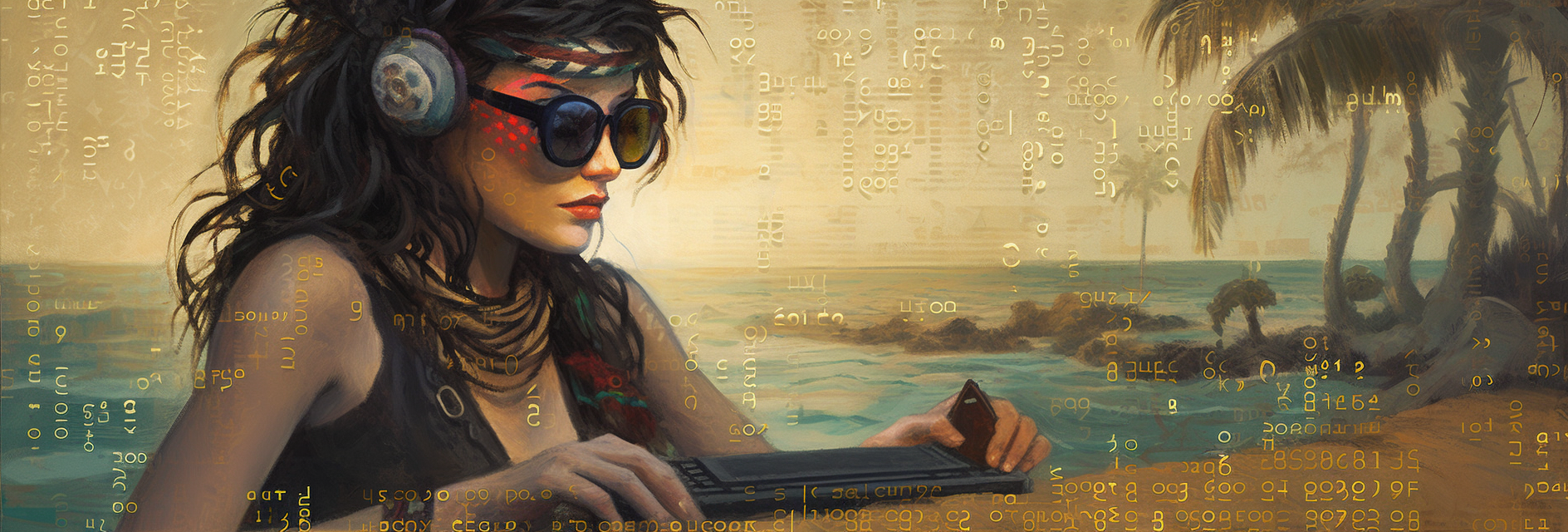JavaFX Components and Controls

Ahoy, matey! Welcome aboard the ship of JavaFX Components and Controls. In this article, we’ll embark on a swashbuckling adventure to learn about the essential components and controls that you’ll need to create your very own treasure map of an application. So hoist the Jolly Roger, and let’s set sail!
Anchoring Down with JavaFX Components
Just like every pirate needs a sturdy vessel to sail the high seas, every JavaFX application needs a solid foundation of components. In the world of JavaFX, we have a treasure trove of components, also known as Nodes, that you can use to build your graphical user interface (GUI).
Stages and Scenes: Your Ship and the Open Ocean
To begin your journey, you’ll need a vessel, and in JavaFX, this is known as a Stage. The Stage is the main container that holds your entire application, just like a ship carries its crew and cargo.
But, what’s a ship without the open ocean to sail on? In JavaFX, the ocean is represented by the Scene. Scenes are where all the action happens, from plotting your course on the treasure map to fending off rival pirates. You can think of a Scene as a single screen of your application, like a page in a book or a scene in a movie.
The Treasure Trove of JavaFX Controls
With your ship and the open ocean ready, it’s time to assemble your pirate crew. In JavaFX, the crew members are called Controls. These are the interactive elements that help your users navigate your application and perform various tasks. Some of the most common Controls you’ll encounter in your JavaFX adventure include:
Buttons: The loyal deckhands of your crew, Buttons can be pressed to perform actions or submit information. For example, you might use a Button to fire the cannons and defend your ship from enemy pirates.
Labels: The trusty navigators, Labels help guide your users through your application by displaying informative text. You can think of Labels as the signs and symbols on your treasure map, pointing your users in the right direction.
TextFields and TextAreas: The scribes of your crew, TextFields and TextAreas allow your users to enter and edit text. Whether they’re jotting down the coordinates of buried treasure or penning a letter to their pirate sweetheart, these Controls give your users a way to express themselves.
ComboBoxes and ChoiceBoxes: The quartermasters of your ship, ComboBoxes and ChoiceBoxes present your users with a selection of options. When it’s time to choose a course for your next adventure, these Controls help your users make a decision.
Sliders and ProgressBars: The skilled helmsmen, Sliders and ProgressBars give your users a visual representation of values and progress. As your ship sails closer to the buried treasure, these Controls show your users just how far they’ve come and how much further they have to go.
Charting Your Course with Layouts
With your ship, ocean, and crew in place, it’s time to chart your course and set sail for adventure. In JavaFX, this is done using Layouts. Layouts help you arrange your Controls on the Scene, ensuring that your application looks shipshape and ready for action.
Some popular Layouts you’ll encounter on your JavaFX journey include:
BorderPane: Divides your Scene into five distinct regions: top, bottom, left, right, and center. This layout is perfect for organizing your treasure map, with a compass at the top, a legend at the bottom, and your main map in the center.
GridPane: Arranges your Controls in a grid of rows and columns, like the squares on a chessboard or the compartments in a pirate’s treasure chest. This layout is great for creating organized, easy-to-navigate applications.
HBox and VBox: The HBox and VBox layouts line up your Controls horizontally (HBox) or vertically (VBox), like a row of cannons or a stack of gold doubloons. These layouts are excellent for creating simple, linear interfaces.
StackPane: Layers your Controls on top of one another, like a stack of treasure maps or a pile of pirate loot. This layout is useful for creating overlapping elements or complex visual effects.
AnchorPane: Allows you to anchor your Controls to specific positions within the Scene, like a ship anchored in a quiet cove or a pirate flag flying high on the mast. This layout gives you the freedom to place your Controls precisely where you want them.
X Marks the Spot: Putting It All Together
With your ship, ocean, crew, and course in place, you’re ready to set sail on your JavaFX adventure. By combining Stages, Scenes, Controls, and Layouts, you can create a captivating and engaging application that’s as thrilling as a high-seas pirate adventure.
Remember, the key to success is a balance of information, creativity, and a dash of humor. Keep your users engaged and entertained by incorporating playful storytelling elements and pirate-themed examples throughout your application. Happy sailing, and may you find the buried treasure you seek in the world of JavaFX Components and Controls!
Ahoy, and may fair winds guide you on your programming journey!